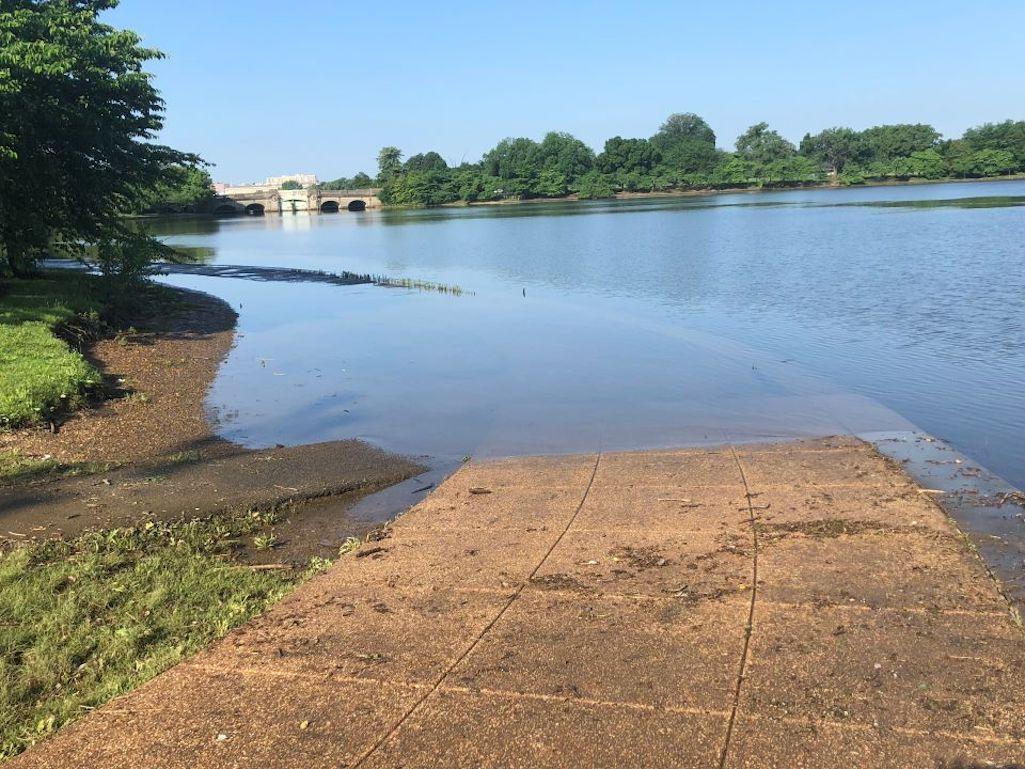
The National Park Service has settled on a plan to rehabilitate the Tidal Basin at the National Mall/NPS file
The National Park Service is moving ahead with work to rehabilitate the Tidal Basin and West Potomac Park seawalls at the National Mall in Washington, D.C.
In the years since their construction, the Tidal Basin and West Potomac Park seawalls have significantly settled and been compromised, leading to overtopping of the seawalls in some sections twice a day during normal tidal conditions, and the water does not dissipate in a timely manner due to poor drainage, according to the Park Service.
The work to be tackled includes fixing a crumbling sea wall and halting daily tidal flooding that swamps sidewalks and adversely impacts roots of some of the roughly 3,000 cherry trees that color the mall each spring with their dazzling flowers.
An environmental assessment proposed on the project evaluated the potential impacts of the seawall rehabilitation on the surrounding environment and suggested alternatives and mitigations. After evaluating two alternatives, the Park Service selected and approved the preferred alternative, which will rehabilitate the seawalls to include the following actions:
Rehabilitate approximately 6,800 linear feet of seawall along West Potomac Park and portions of the Tidal Basin to extend the seawall's life by approximately 100 years.
Rebuild the seawall to include a pile-supported platform foundation that will prevent the seawall from settling and support height extensions of the wall if needed due to future rising sea levels or increasing storm surge elevations.
Increase the seawall height 4.75 feet within the Tidal Basin and 5.5 feet along West Potomac Park to account for wind and wave conditions along the Potomac River.
Salvage and reuse stones from the historic wall in the rehabilitated seawalls.
Repair, or replace, and widen walkways around the Tidal Basin from eight to 12 feet wide to provide smoother, more accessible connections to other pathways.
The process now moves on to the awarding of a design-build contract for the construction, with work expected to begin next summer. Both the planning and environmental compliance process and the construction of the seawall rehabilitation project are funded by the Great American Outdoors Act.


